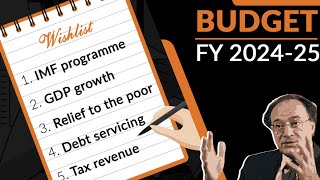With a view to reducing the gap between demand and supply of housing units in the province, the provincial government has decided to create an enabling environment for private sector involvement in the housing and construction industry. According to budget document for the year 2005-06, the housing and construction industry has tremendous potential for creation of employment opportunities leading to poverty reduction.
The gap between demand and supply of housing units in Punjab is continuously widening despite government's effort to reduce this gap. Number of housing units has increased by 2 percent per annum between 1980 and 1998 whereas the population has grown at a rate of 2.5 percent during this period.
Development programme for 2005-2006 includes 8 ongoing and 4 new housing schemes, with a total financial outlay of Rs 204.969 million. These will be financed out of a revolving fund created by the government. Of the allocated funds, 71 percent are earmarked for new low income housing schemes at Layyah, Jehlum and Hazro and a three Marla housing scheme at Faisalabad.
Moreover, an amount of Rs 4500 million has been allocated in the ADP 2005-06 for provision of water supply and sanitation services in the urban and rural areas of the province. The ADP 2005-06 further provides Rs 1239 million under the Chief Minister's Accelerated Social Development Programme for urban and rural water supply/sewerage drainage schemes to be implemented by Housing Urban Development and PHE Department.
For improvement and development of urban water supply and sanitation infrastructure in Lahore, Faisalabad, Rawalpindi, Multan and Gujranwala a substantial allocation of Rs 500 million has been made.
Additional allocations have also been provided in the ADP 2005-06 for Punjab Community Water Supply and Sanitation Project (ADB Assisted), Rawalpindi Environmental Improvement Project (ADB Assisted) and Improvement of Environment and Sanitation for Water Supply in Faisalabad (JICA Assisted) ongoing projects for Water Supply and Sanitation.
According to the budget document, one of the stated objectives of human development in the Punjab is improvement in water and sanitation services. In Pakistan, 65 percent of the total population has access to safe drinking water (55 percent rural and 80 percent urban).
Similarly, sanitation facilities have been provided to 35 percent of total population (25 percent in rural areas and 55 percent of urban population). Chief Minister's Vision 2020, the Punjab PRSP and the Punjab Economic Report also consider this to be an important indicator of societal wellbeing.
BR100
8,052
Increased By
75.9 (0.95%)
BR30
25,581
Decreased By
-21.4 (-0.08%)
KSE100
76,707
Increased By
498.6 (0.65%)
KSE30
24,698
Increased By
260.2 (1.06%)


















Comments
Comments are closed.